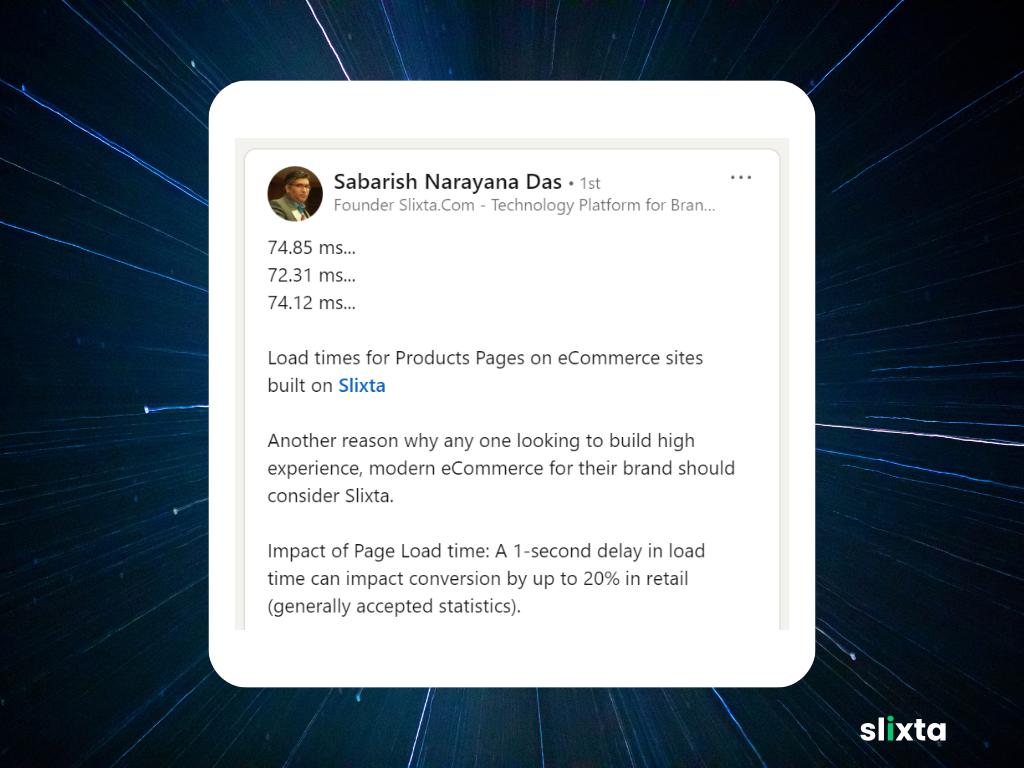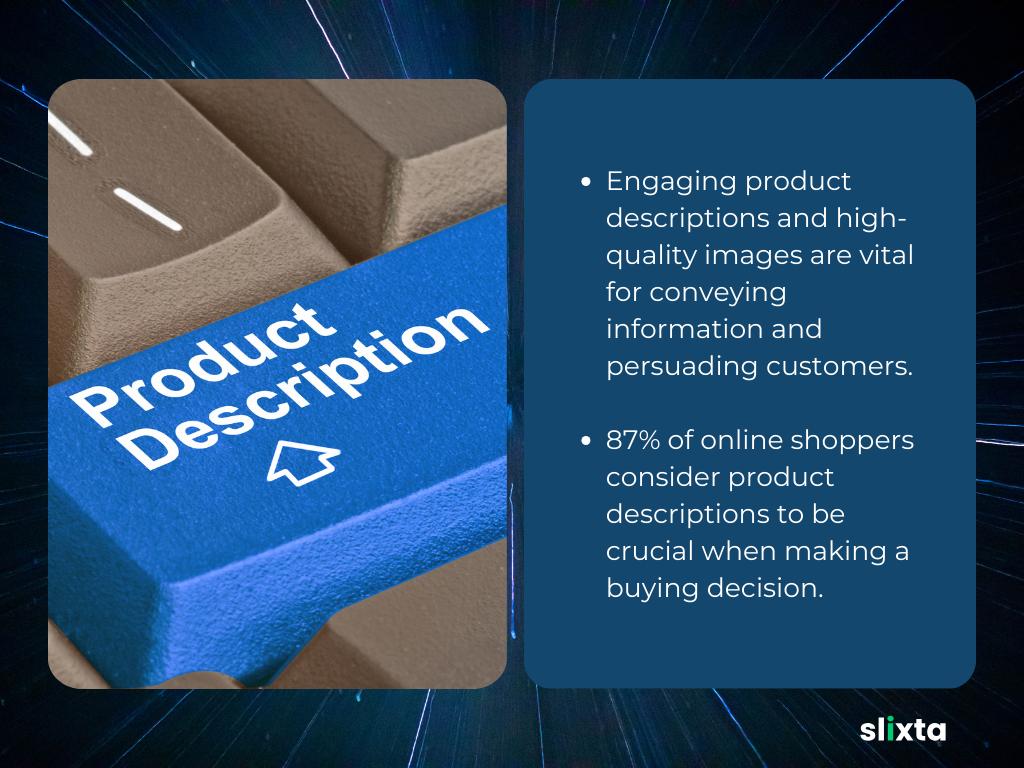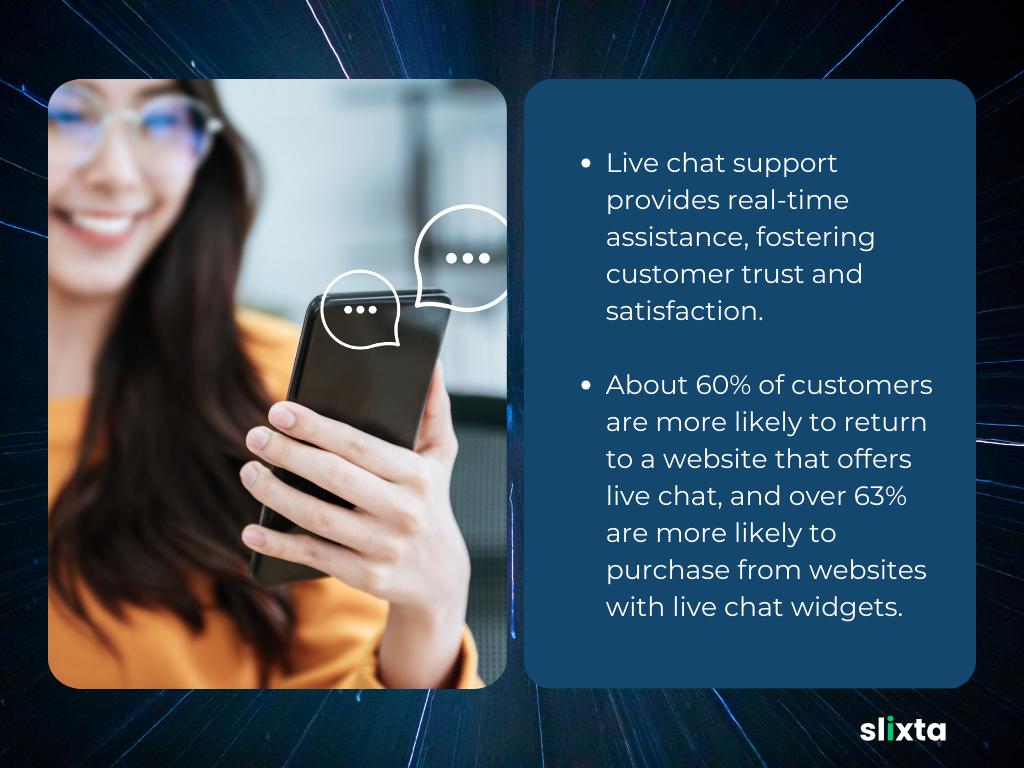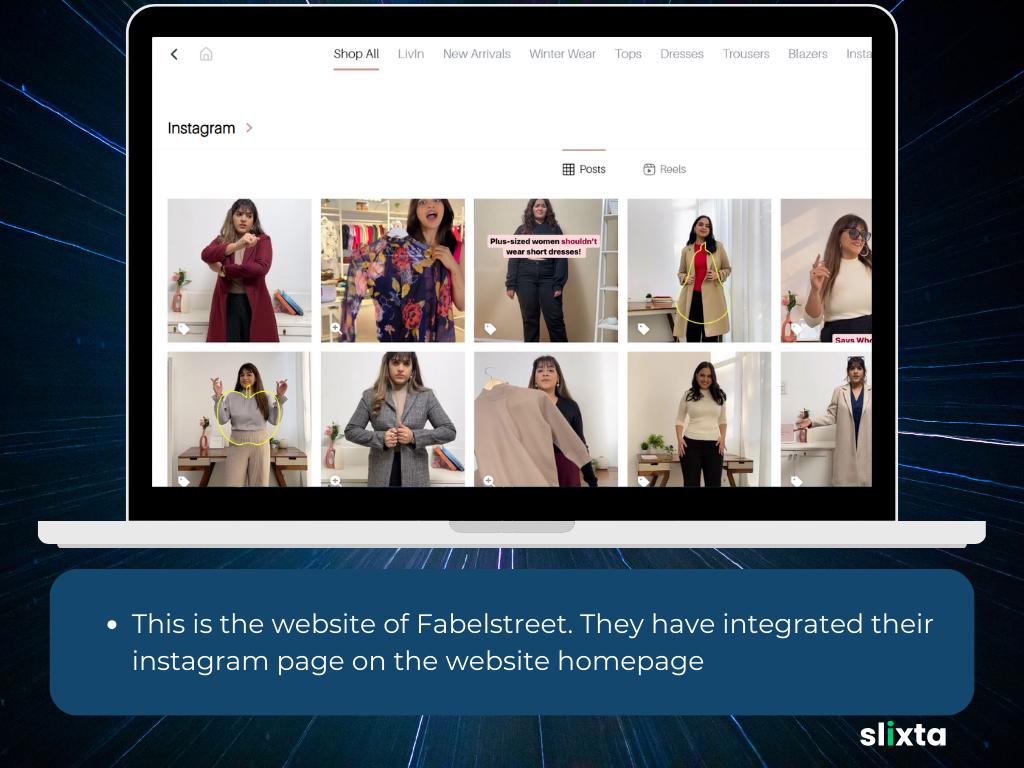
Boost web engagement for your eCommerce brand with strategies like optimizing website speed, enhancing user experience, and using personalized recommendations. Social proof, mobile responsiveness, and data analytics further elevate customer interaction.
For every marketer dedicated to optimizing an eCommerce brand's performance, the paramount goal revolves around boosting user engagement on the website. This emphasis on heightened user interaction goes beyond mere metrics; it translates into a dynamic impact on several pivotal facets of the business, fostering advancements in sales, elevating customer satisfaction, and nurturing unwavering brand loyalty.
The imperative for businesses is clear: a continuous and unwavering focus on refining and enhancing the user experience. This commitment is the key to unlocking a host of benefits that emanate from a well-engaged audience. In this blog, we delve into an insightful discussion, unraveling actionable tips and strategies designed to amplify user engagement for eCommerce success.
Optimize Website Speed
Fast website speed is crucial for user satisfaction and search engine rankings. Optimize your site by minimizing file sizes, leveraging browser caching, and using a Content Delivery Network (CDN) for global content distribution.
Regularly audit and compress images, reduce server response times, and employ asynchronous loading for non-essential scripts. Prioritize critical content to load first and use tools like Google PageSpeed Insights for continuous optimization.

This is a LinkedIn post by Co-founder Slixta, about the importance of page speed and conversion statistics. A one-second delay in load time can impact conversion by up to 20%.
Mobile-First Design
Designing for mobile devices first ensures a seamless experience on smaller screens, addressing the growing trend of mobile users. This approach improves site accessibility and positively impacts search engine rankings. Certain geographies (eg: India) are mobile-first where the first computing device of a person is a mobile phone and 90% of the web traffic comes from mobile devices.
Prioritize responsive design, test on various devices, and emphasize touch-friendly navigation. Use media queries to adapt layouts based on screen sizes and optimize images for mobile resolutions.
Compelling Product Descriptions and Images
Engaging product descriptions and high-quality images are vital for conveying information and persuading customers. They enhance the overall shopping experience, build trust, and drive conversion rates. 87% of online shoppers consider product descriptions to be crucial when making a buying decision.

Craft detailed, compelling product descriptions that highlight features, benefits, and unique selling points. Use high-resolution images from multiple angles, allowing customers to visualize products effectively.
Personalized User Experience
Personalization tailors the online experience to individual user preferences, increasing engagement and customer satisfaction. It involves targeted content, product recommendations, and customized communication. 91% of consumers prefer to shop with brands that give them personalized recommendations
Implement algorithms that analyze user behavior and offer personalized product recommendations. Leverage user account data, cookies, and purchase history to create a more tailored and relevant experience.
Implement Live Chat Support
Live chat support provides real-time assistance, fostering customer trust and satisfaction. It resolves queries promptly, reduces bounce rates, and adds a human touch to online interactions.

About 60% of customers say they are more likely to return to a website that offers live chat, and over 63% are more likely to purchase from websites with live chat widgets.
Integrate live chat features with chatbots for instant responses to common queries. Provide 24/7 support, ensuring customers can access assistance whenever they need it, ultimately improving the overall customer experience.
Streamline Checkout Process
A streamlined checkout process minimizes friction, reduces cart abandonment, and improves overall conversion rates. It involves simplifying forms, providing multiple payment options, and displaying transparent shipping information.
Opt for a one-page checkout to minimize steps, allow guest checkouts, and clearly communicate shipping costs and delivery times. Implementing features like saved user-profiles and one-click purchasing can further expedite the process.
User-generated content (UGC)
An estimated 90% of consumers say user-generated content (UGC) holds more influence over their buying decisions than promotional emails and even search engine results.

How to use UGC options to improve your web engagement,
- Customer Reviews and Testimonials: Encourage customers to submit reviews and testimonials. Feature them prominently on product pages to build trust.
- User Photos and Videos: Ask customers to share photos or videos of them using your products. Create a designated section on your website or social media to showcase these.
- Social Media Hashtags: Create and promote a branded hashtag for customers to use when sharing their experiences on social media. Aggregate these posts on your website.
Content Campaigns
- Contests and Giveaways: Run contests or giveaways that encourage users to submit content, such as photos, videos, or written stories related to your products or brand. Offer attractive prizes to incentivize participation.
- Interactive Quizzes and Polls: Create interactive quizzes or polls related to your products or industry. Share the results and insights on your website and social media, encouraging users to participate and share their opinions.
- Storytelling Campaigns: Invite customers to share their stories about how your products have made a positive impact on their lives. Feature these stories on your website to create a sense of community.
Integration with Social Media
- Embed Social Media Posts: If users are sharing videos or photos of your products on platforms like Instagram or YouTube, consider embedding these posts on relevant product pages.

- Shareable Content: Create visually appealing and shareable content that users are more likely to share on their social media accounts.
Product Description Videos
- Demonstration Videos: Create short videos showcasing how to use your products. Highlight key features, benefits, and any unique selling points.
- Tutorial Videos: Provide instructional videos that guide customers on setting up, assembling, or using the product.
- 360-Degree Views: If applicable, include 360-degree views of the product to give customers a comprehensive look.
Conclusion
Remember to regularly analyze website analytics to understand user behavior and make data-driven decisions for continuous improvement. Regularly updating your website with fresh content and staying responsive to customer feedback will contribute to long-term engagement and loyalty.
For more valuable insights and information, check out these recommended blogs:
